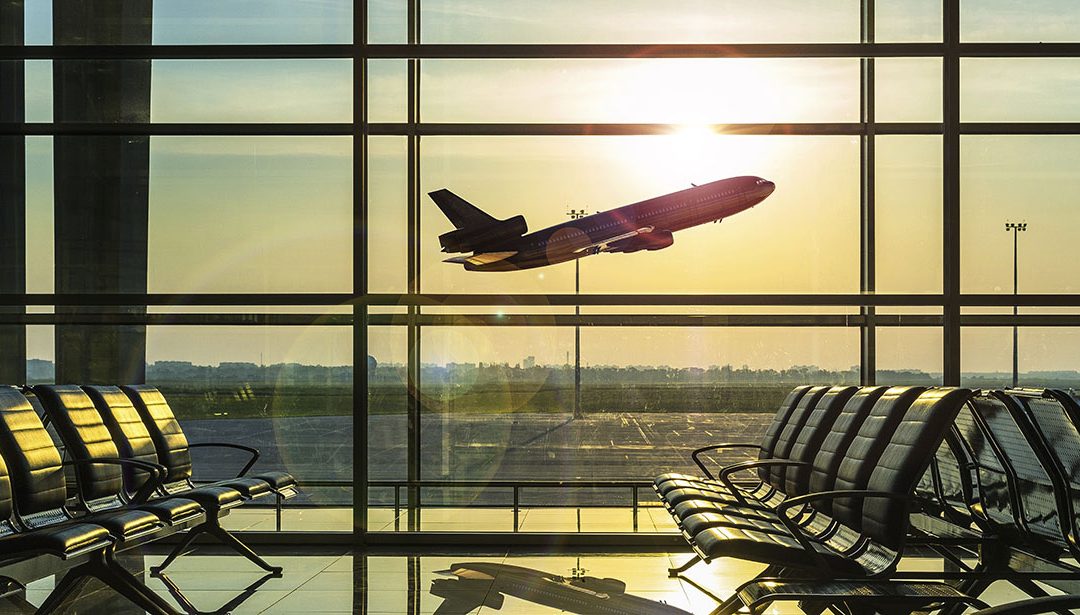The aviation industry is globally struggling with the effects of the Coronavirus resulting in 90% decrease of aircraft movements in the amount of aircraft movements at certain parts of the world, most notably Europe. While it is crucial for airports to respond to this sudden drop in order not to endanger their financial stability, it is also of great importance to understand and plan for the recovery that will happen after the severity level of the pandemic has reduced. Having a sound plan for recovery can be a make or break for airports to come out of this crisis stronger and healthier. Therefore, BEONTRA compiled a few recommendations on how to plan for a successful recovery.
Here are a few recommendations to consider when planning for your recovery:
Create multiple what-if scenarios
Due to the unprecedented nature of the COVID-19 crisis, some of the airlines facing increased vulnerability might be on the verge of bankruptcy or having to significantly reduce their aircraft fleet. State aids might be given to some of these airlines, but it is still unknown whether all airlines, let alone all their routes, can be saved. Therefore, it is recommended that you create multiple what-if scenarios for your upcoming planning season on the expected amount of flights, especially if one or more of the endangered airlines serve a large percentage of your routes. It is of key importance to stay realistic about what portion of your traffic you can retain.
Expect aircraft changes
Airlines might choose not to fly parts of their fleet that are causing inefficient operations (both financially and in terms of emissions) such as the Boeing 747 or the Airbus A380. On the one hand, these might bring you lower passenger numbers and hence lower aeronautical revenues, simply because some of these routes might cease to exist or would be recovering over a long period of time. On the other hand, the overall sustainability of your airport would be increased since such routes will be served by different, modern and more efficient aircraft such as the Boeing 787 or Airbus A350. These aircraft types have lower noise and fuel emissions contributing to a more sustainable aviation industry.
Stay conservative
Different sources state different scenarios regarding the speed and magnitude of the recovery within the aviation industry. Since most of the airline fleets are grounded, it is worthwhile to stay conservative and include more route characteristics than usual in your approach to recovery. As an example, domestic air travel will probably be quicker to get back on its feet, with restrictions likely to remain in place on international air traffic for a longer period of time. Furthermore, business traffic is likely to re-start earlier than leisure traffic as the trust of the general public in safe air travel is expectedly slow to be restored. Hence, planning for a gradual and uneven recovery of air traffic is the safest approach. Create or update your seasonal aeronautical budget forecasts both with gradually increasing aircraft movements and also gradually increasing and segmented seat load factors to avoid overestimating your potential performance.
Conclusion
The short-term negative effects of the COVID-19 pandemic can be followed by more long-term negative effects, but with adequate planning, the path to recovery can be optimised. Being realistic and exploring all possibilities, and at the same time staying optimistic that your airline partners and passengers will begin to visit your airport is the key to managing the situation properly. By accounting for the above-mentioned recommendations, you and your airport can aim for a planned recovery. When working with the BEONTRA Scenario Planning Suite you will be able to easily apply these recommendations into your recovery plans, hopefully leading to a more prosperous and profitable future.
Contact us or request a free demo to find out more about how BEONTRA can support your airport.

